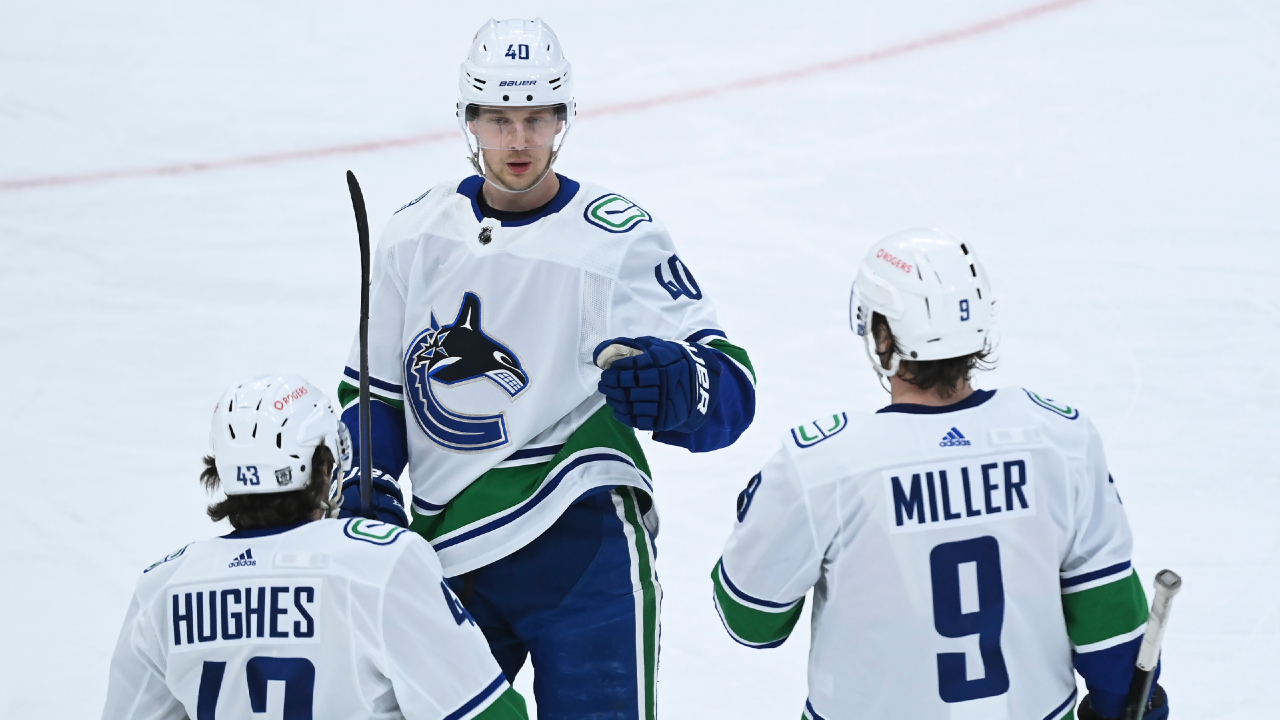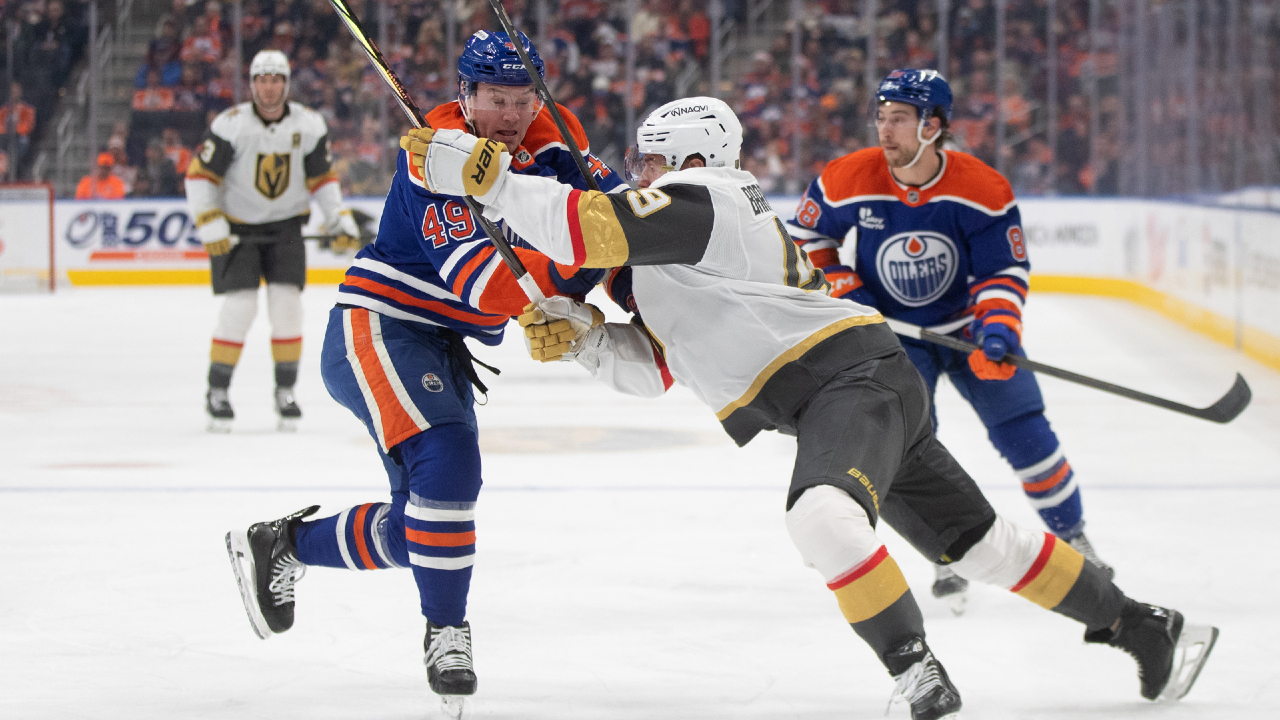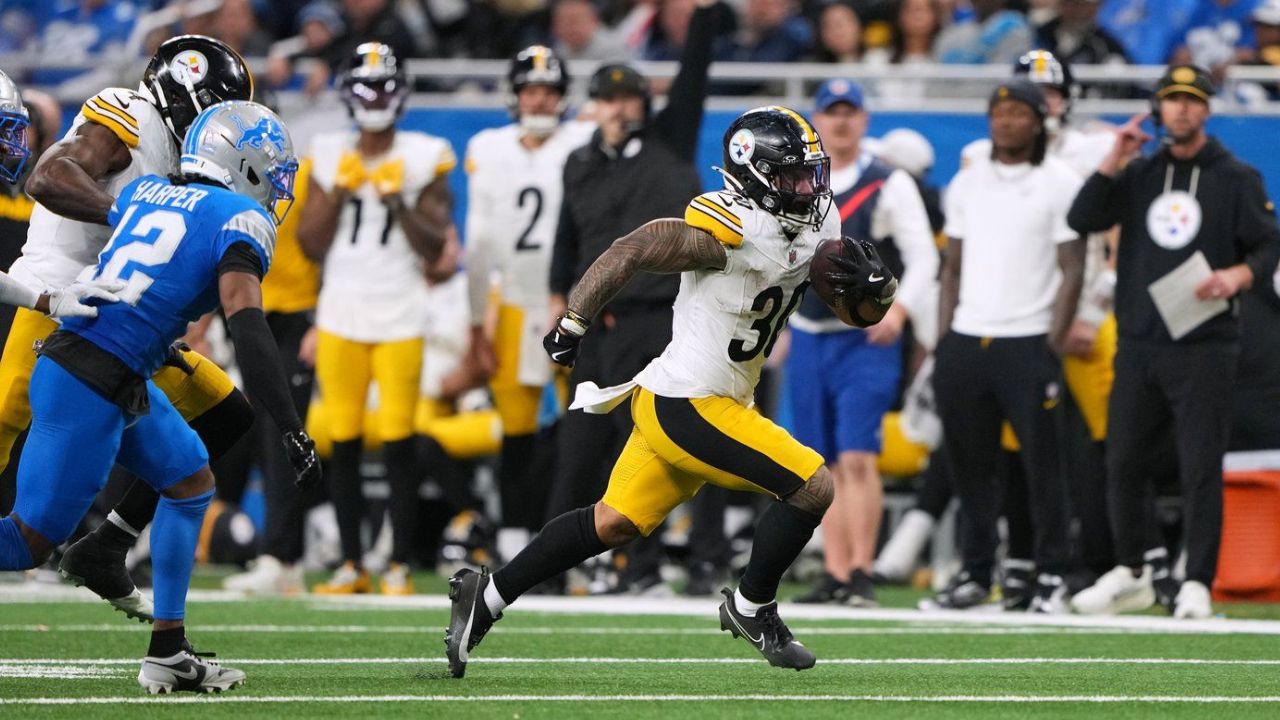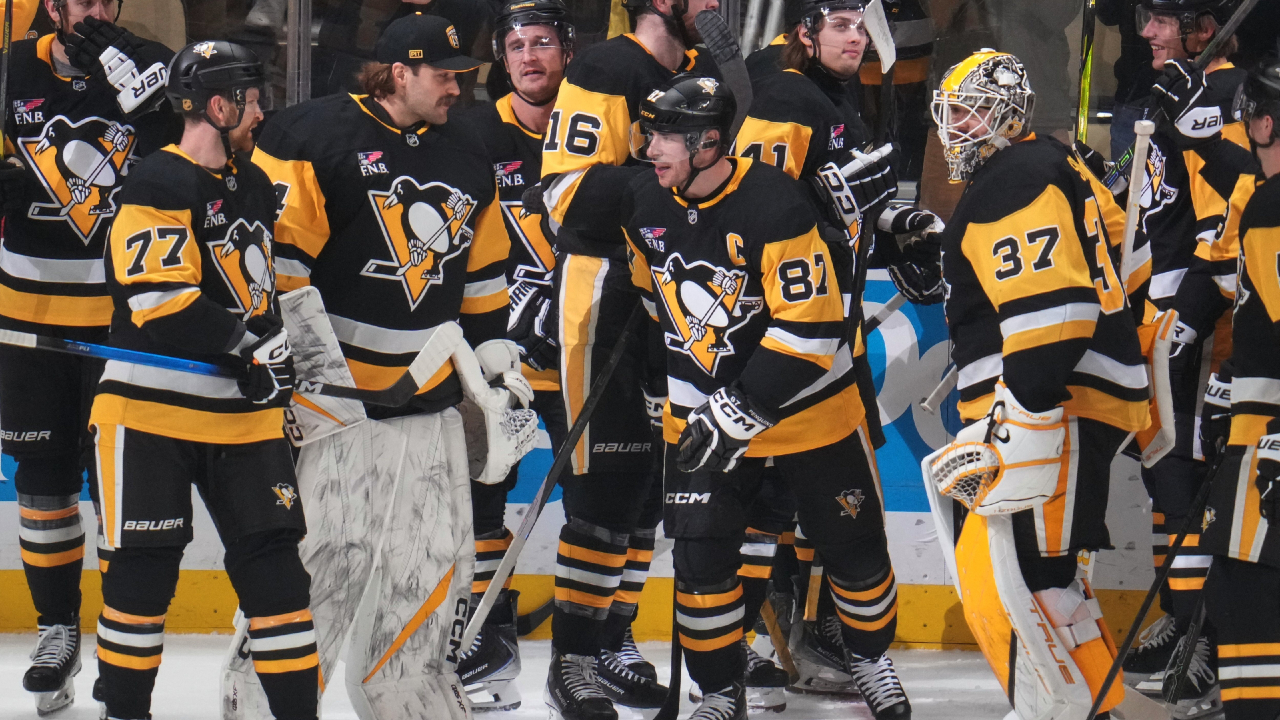
VANCOUVER – The Vancouver Canucks were so poor defensively in the first three weeks of the season that their power play didn’t matter.
Eight of their first nine losses were by three or more goals, so besides adding some momentum within those games, another goal on special teams probably wasn’t going to change the outcome.
But now that the Canucks have rediscovered their game, outshooting and out-chancing opponents the last four games but winning only once, the power play suddenly matters a lot. And through the first 19 games of 2021, Vancouver’s man-advantage units are operating at roughly two-thirds the output and efficiency they did last season.
Even with a 2-for-6 night in Monday’s 4-3 overtime loss to the Calgary Flames – one power-play goal was scored5-on-3, the other in the final second of a penalty – the Canucks rank 20th in the NHL with a power-play conversion rate of 17.4 per cent. They’ve scored 12 times at extra strength.
Through the first 19 games last season, which the Canucks’ power play finished at No. 4, Vancouver had generated 19 goals and was humming along at 25 per cent.
What makes the downgrade this season more curious is that the Canucks are using the same five players on their top unit: Quinn Hughes at the point, Bo Horvat in the bumper, Elias Pettersson and J.T. Miller on the flanks and Brock Boeser down low.
Coach Travis Green was critical of the unit after Monday’s game, saying: “I didn’t think they were very good tonight. I just didn’t think they were sharp. Passing wasn’t sharp, they were on the outside.”
“Yesterday, I think we were a bit sloppy,” Pettersson said after Tuesday’s practice for the four-game series finale Wednesday against the Flames. “We weren’t making the plays. We weren’t breaking in the puck like we normally do. I think we just have to keep high standards. This year, the power play hasn’t been as good as we want to want it to be, but we’re talking about it before every game and practice, working on it every chance we get.”
Pettersson had 24 power-play points in 69 games last season, one behind Miller and Hughes. So far this year, he has just four.
“We definitely have the talent to get back to where we were last year, and that’s what we’re trying to do,” Hughes said. “(But) it’s also harder this year. . . playing a team four times in a row. They’re going to make adjustments and we’re just going to have to do that, too.”
A huge factor for the Canucks has been the disappearance of the second power-play unit, which produced 19 of the team’s 57 extra-strength goals last season. Tanner Pearson’s deflection of Hughes’ point shot on Monday – the goal was initially listed as even-strength but was changed to a power-play goal as a Calgary penalty expired – was the first power-play marker this season outside of the top unit.
MILLER’S TIME AND DEPLOYMENT
The Canucks made a slight change to their No. 1 power play in practice, moving Miller down to the net and Boeser up to the left-wing circle. Those were their positions when Boeser wristed in the tying goal Monday with 30.2 seconds remaining in regulation time and goalie Thatcher Demko on the bench for an extra skater.
Miller is more adept at jamming the front of the net than Boeser, who will pivot out of the goalie’s way to try and deflect shots. Using Boeser, a right shot, on the left side opens another one-timer option although the left-shooting Miller has been effective collecting the puck from Hughes just inside the blue line and attacking “downhill” to the net. But that position includes a lot of playmaking and Miller has had a frustrating number of turnovers while trying to force passes.
Miller’s ice time has been redistributed this season due to his introduction to the Canucks’ penalty-killing unit, which has phased out Loui Eriksson and lost Tyler Motte to an ankle injury. With 10 power plays and nearly 17 minutes of special-teams play on Monday, Miller logged 24:52 of ice time – easily the most by a Vancouver forward this season.
“I did call Millsy in today and talked about his minutes,” Green said Tuesday. “I don’t like them creeping up that much. On the other hand, I did tell him that I liked his penalty killing. You’re lucky if you can find a guy who’s very skilled and can kill penalties, and is hard enough to do it and brave enough. I think he’s a good penalty killer and has done a good job since we added him. I’ll probably keep him on the penalty kill and I might have to cut his ice in other areas once in a while.”
[radioclip id=5066703]PETTERSSON’S BACK
After a perplexing start to his third NHL season, former Calder Trophy winner Pettersson has 11 points in his last 11 games and again looks fully engaged.
The 22-year-old’s skill has always sparkled, but what helped him become a star at such a young age was his drive without the puck: how relentlessly he worked to retrieve it, how willing he was to battle defensively. That part of Pettersson’s game was noticeably absent for most of January.
“I’ve been trying to skate faster,” he said Tuesday. “I’ve been trying to challenge the opponents harder. I think the first couple of games, I didn’t really do that stuff. I was being too stationary. I was trying to make plays while I’m while standing still and (I was) an easy target to play against. So yeah, I’ve been thinking about that lately, and been feeling a lot better.”
So is Green.
“Any top player in the league, you notice them skating,” the coach said. “You notice them moving their feet, wanting the puck, commanding the puck. I don’t think he had his legs under him to start the season. I think he’d probably admit that, that he wasn’t on top of his game. But he does seem to be getting to the level that he played at before.”
INJURY REPORT
Former Flame Travis Hamonic travelled with the Canucks to Calgary for Wednesday’s single road game, an indication he is close to playing after suffering an upper-body injury on Jan. 20. Signed by Vancouver to play with Hughes as the replacement for Chris Tanev, who has had an excellent start with the Flames, Hamonic may have a difficult time dislodging Jordie Benn from the lineup.
After a disappointing first season in Vancouver when he became a regular healthy scratch, Benn has had a stabilizing effect on Hughes and is playing his best hockey as a Canuck. His expected-goals-for percentage of 49.6 is second among Canucks defencemen, and Benn has improved the penalty kill, which has allowed only one goal in 30:22 of short-handed time with the 34-year-old on the ice.





